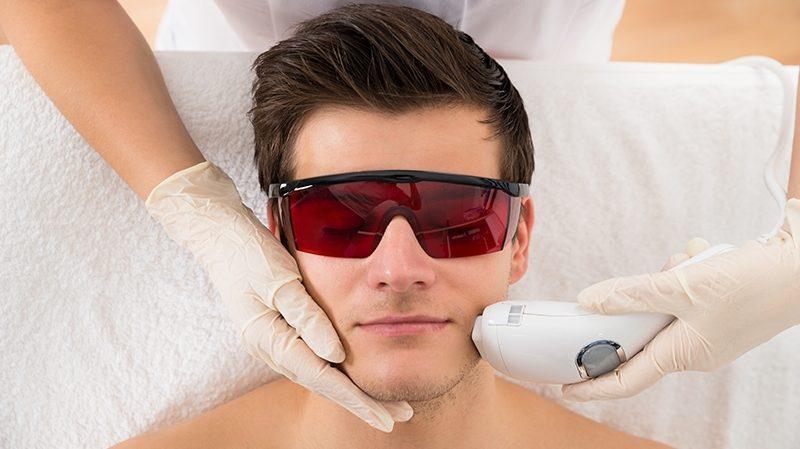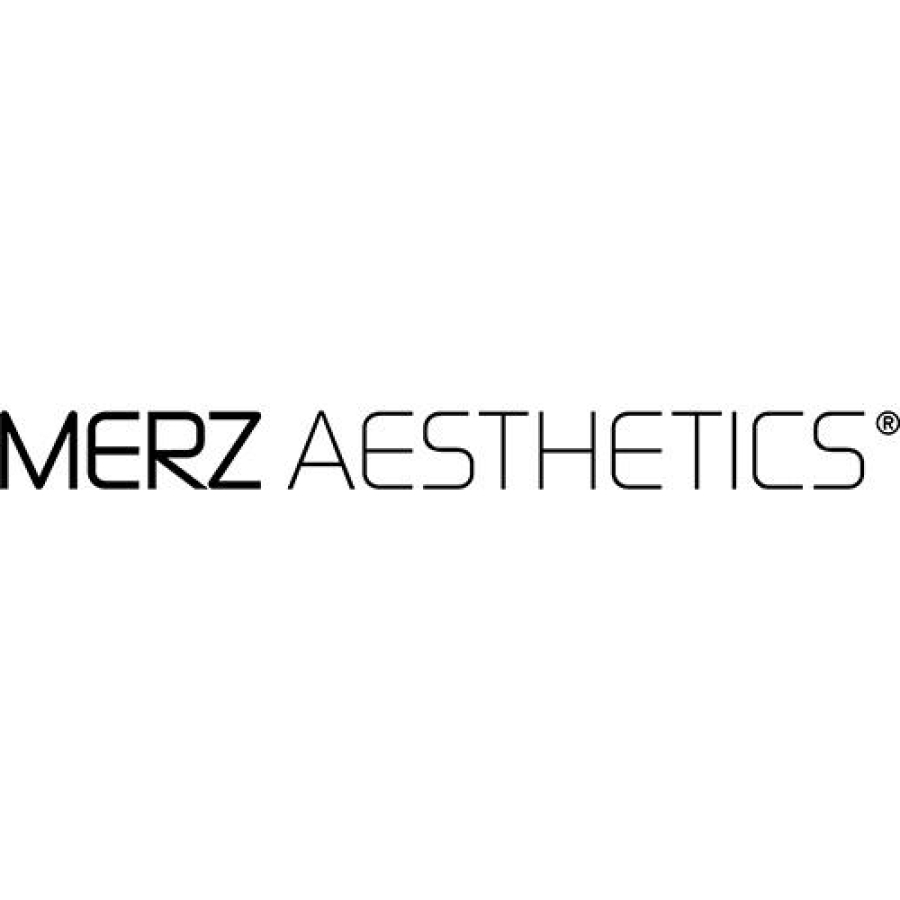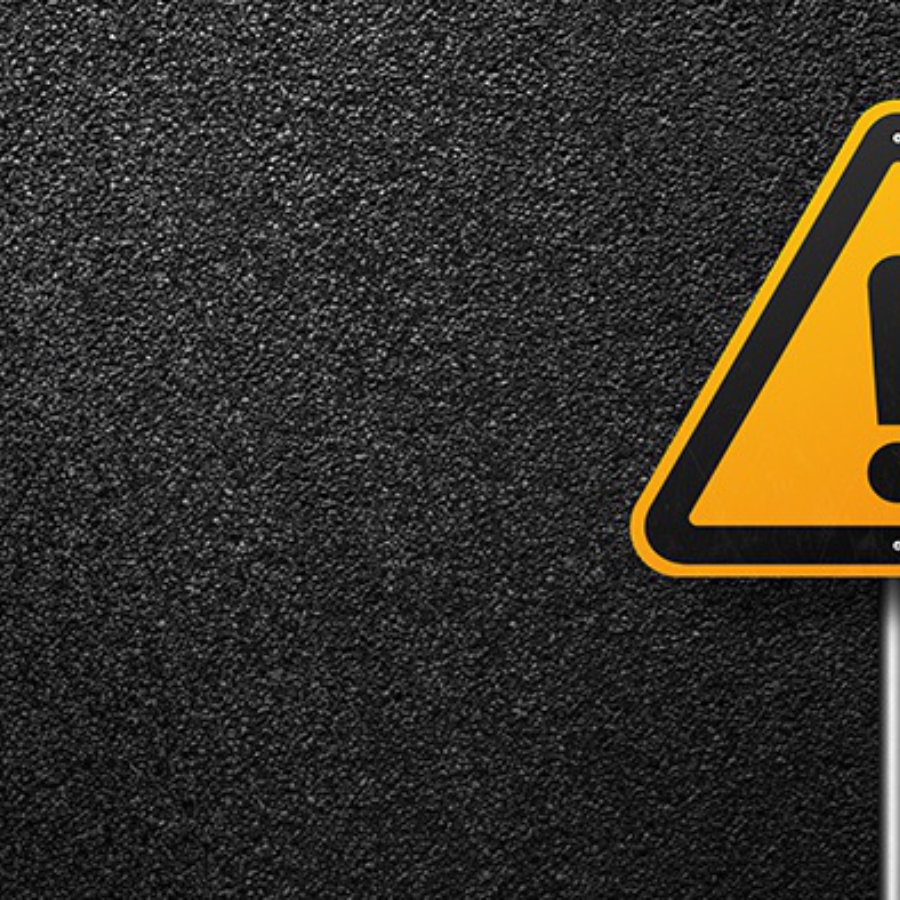
Clinical
Radiofrequency and Non-RF Microneedling Safety: What Patients Should Know
With Molly Muecke, RN, MSN, NP-CMicroneedling is a popular aesthetic treatment offered in 79% of med spas (2024 Medical Spa ...
Posted By Madilyn Moeller, Monday, February 3, 2025

With Taylor Siemens, NP-C
To set the foundation for glowing aesthetic results, medical spas often incorporate laser skin resurfacing treatments into a patient’s treatment plan. Laser skin treatments use focused light energy to treat a number of skin concerns, and can reduce the appearance of fine lines and wrinkles, improve skin tone and texture, diminish scarring and correct uneven pigmentation.
Aesthetic lasers can be ablative and non-ablative, based on the wavelength used and the layers of the skin affected.
Other lasers include fractional lasers, which create small controlled injuries, and photofacial energy devices, such as intense pulsed light (IPL) or broad band light (BBL), which use light energy to treat pigment concerns. A trained practitioner can determine which is the right laser treatment for your skin type and skin concern, taking into account recovery time.
Not every patient will be a good candidate for treatment with laser energy devices—following an initial consultation and assessment from a physician, nurse practitioner or physician assistant, a properly licensed and trained health care practitioner can safely provide treatment with nonablative resurfacing lasers.
Taylor Siemens, NP-C, vice president of operations at Vitalyc Medspa, shares her insight on the safety of non-ablative resurfacing and how med spas keep patients safe when performing these energy device treatments.
Stay tuned for a wider discussion on safety considerations and training needs of med spa practitioners to safely perform the full range of laser treatments.
Click here to read an overview of the safety of top non-invasive medical aesthetic treatments.
Taylor Siemens, NP-C: “Non-ablative resurfacing is considered very safe when performed by trained and experienced providers. This type of laser treatment targets deeper layers of the skin without damaging the surface, reducing the risk of infection and other complications typically associated with ablative procedures. However, as with any medical treatment, there are inherent risks such as darkening of skin (hyperpigmentation), lightening of skin (hypopigmentation), or mild irritation. The overall safety profile is enhanced by proper patient selection, adherence to treatment protocols, and the use of advanced laser technology with built-in safety mechanisms.”
Siemens: “Med spas should implement several measures to ensure patient safety during non-ablative resurfacing treatments:
Siemens: “Providers ensure the safe delivery of non-ablative resurfacing by adhering to several importance practices. The best providers customize treatment settings by adjusting laser parameters based on the patient’s Fitzpatrick skin type, skin condition, and treatment goals. During treatment, protective measures to protect the provider’s and patient’s eyes to guard against accidental laser exposure. With most laser treatments, employing skin cooling techniques to minimize discomfort and prevent overheating of the skin. Overheating the skin lends to adverse events such as hyperpigmentation. One of the most critical pieces of safety is the provider’s ability to assess the patient’s skin during treatment and adjust parameters as needed.”
Siemens: “Specialized training is essential for providers performing non-ablative resurfacing treatments. Training ensures providers understand laser physics and skin interaction. Having education over how lasers interact with various skin types and conditions is critical to avoid complications. Providers needs specialized training for the devices they are operating. Understanding how to troubleshoot and provide maintenance on specific devices is an important part of being a great provider. Many manufacturers offer device-specific training, and organizations like the American Med Spa Association provide continuing education to ensure providers maintain competency and stay informed about advancements in laser medicine. Practices need safety protocols to identify and manage potential risks during and after treatment.”
Siemens: “For most non-ablative resurfacing treatments, downtime is minimal. Patients may experience mild redness, swelling, or a sensation similar to a sunburn for a few hours to a couple of days. Aftercare typically includes several products and activity restrictions to ensure proper healing. Following these guidelines helps optimize results and reduce the risk of complications.
Siemens: “For first-time patients, it’s essential to have realistic expectations and prepare adequately. Consultation is key! Schedule a consultation with a qualified provider to discuss your skin concerns, treatment goals and potential outcomes. Follow pre-treatment recommendations. Avoid sun exposure, exfoliants or any skin treatments that might make your skin more sensitive. Don’t be afraid to ask questions to fully understand the procedure, downtime and aftercare help you feel confident in your decision. It’s okay to start gradually. If you’re nervous, consider starting with a lower-intensity treatment to see how your skin responds. Trust your provider to guide you through the process and communicate openly about your concerns or expectations.”
Siemens: “To find a safe provider for non-ablative resurfacing, patients should verify credentials. Seek licensed medical professionals with specialized training in laser medicine. In addition to the provider, research the practice. Choose a reputable practice that uses FDA-approved devices and follows strict safety protocols. Look for patient testimonials and before-and-after photos to gauge the provider’s expertise and results. Ensure the med spa complies with state regulations regarding laser treatments and employs trained medical directors.
By doing their homework, patients can feel confident in choosing a provider who prioritizes safety and efficacy.”
Taylor Siemens, NP-C, a board-certified nurse practitioner recognized by the American Association of Nurse Practitioners and clinical advisor for the American Med Spa Association, is a dynamic force in the world of aesthetic medicine. As the vice president of operations at Vitalyc Medspa and the founder of My Aesthetic Training, she seamlessly marries the expertise of a practitioner of medicine with that of a multi-site business operator. Siemens’s journey into aesthetic medicine commenced as an operating room nurse specializing in facial plastic surgery. Through her diverse patient interactions, Taylor has honed a profound understanding of the aging process, fueling her skillset in crafting comprehensive, multi-modality treatment solutions that align seamlessly with patients’ aesthetic objectives.
Disclaimer: The information and answers contained in this section provide a general guide to services that are offered by "medical spas”. The information contained on this site is for general reference only. This information is not intended to provide medical or legal advice, and it should not be relied upon as medical or legal advice. This information is not intended to create, and receipt of it does not constitute, a practitioner-patient or attorney-client relationship. Readers: You should not act upon this information without seeking a knowledgeable healthcare provider or legal counsel that takes your individual medical history and jurisdiction into account. All uses of the content of this site, other than personal uses, are prohibited.
Related Tags
Medical spa news, blogs and updates sent directly to your inbox.

Clinical
With Molly Muecke, RN, MSN, NP-CMicroneedling is a popular aesthetic treatment offered in 79% of med spas (2024 Medical Spa ...

Clinical
On November 5, 2025, Merz Aesthetics announced that Ultherapy PRIME® gained U.S. Food and Drug Administration (FDA) clearance to improve ...

Clinical
By Belmar Pharma SolutionsWhen it comes to menopause, a once-taboo topic, the tide has finally changed. Women now have access ...

Clinical
The FDA’s recent safety communication regarding radiofrequency (RF) microneedling devices is a critical reminder: Aesthetic treatments involving energy-based devices are ...